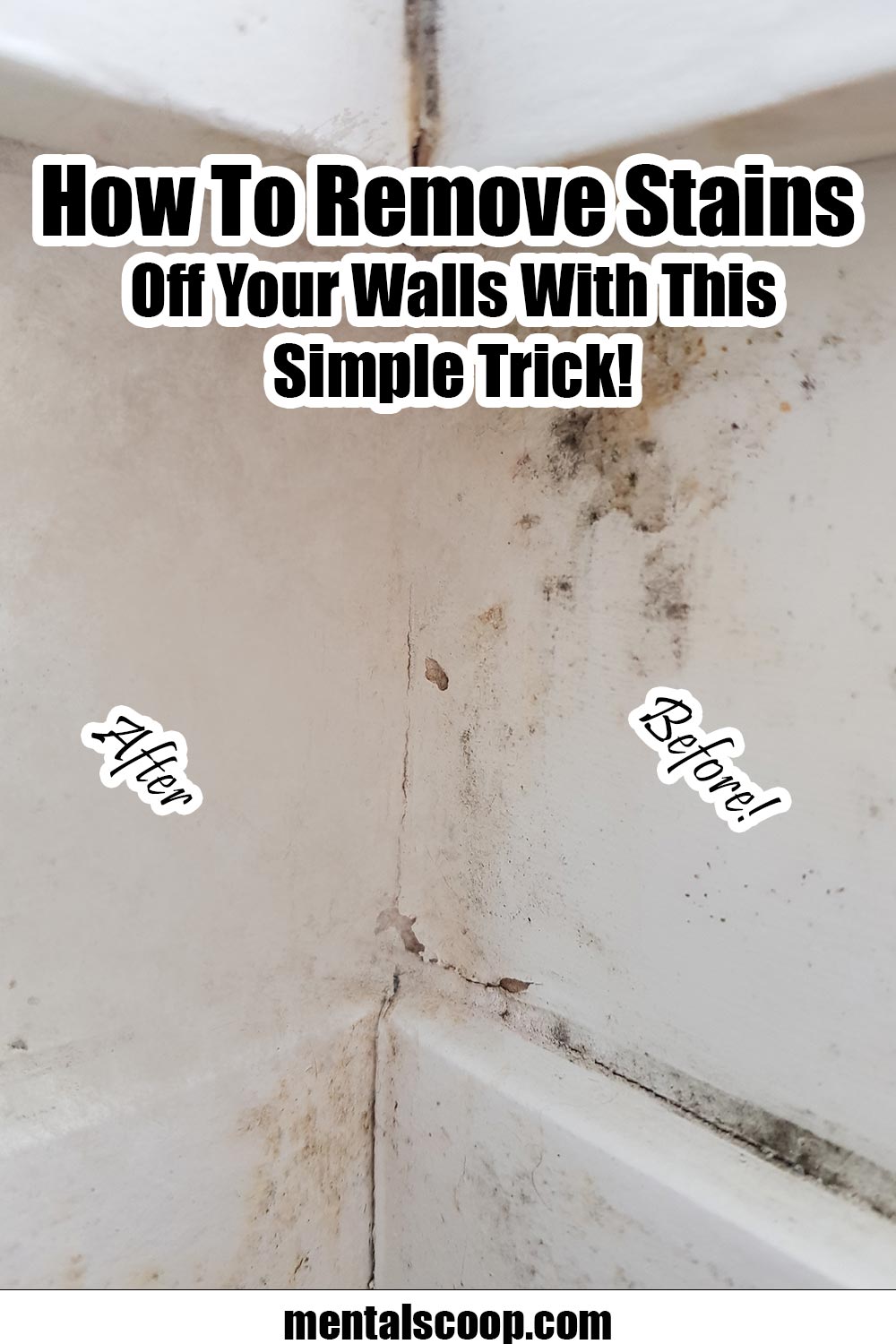ADVERTISEMENT
One of the best ways to eliminate mold is through a tried-and-tested method that many of our grandmothers swore by. Known for her practical and no-nonsense approach to homemaking, Nana’s foolproof trick to removing mold from walls is simple, effective, and utilizes ingredients that are readily available in most households. In this article, we’ll walk you through Nana’s method for getting rid of mold, step-by-step. We’ll also discuss why mold forms in the first place, how to prevent it from returning, and why this method is not only easy but also highly effective.
### **Understanding Mold: What is It and Why Does It Appear?**
Before jumping into the removal process, it’s essential to understand mold and how it grows in your home. Mold is a type of fungus that thrives in warm, damp, and poorly ventilated environments. The spores of mold are microscopic and can be easily carried through the air, settling on surfaces like walls, floors, and ceilings. Once these spores land in a moist environment, they begin to grow and multiply.
Several factors contribute to mold growth:
1. **Excess Moisture**: The most common cause of mold is the presence of excess moisture. Leaks in roofs, pipes, or windows, as well as high humidity levels in bathrooms and kitchens, can provide the ideal conditions for mold to flourish.
2. **Poor Ventilation**: Spaces that are poorly ventilated, such as basements or attics, tend to trap moisture, creating a breeding ground for mold.
3. **Water Damage**: Water damage from flooding or spills that aren’t properly cleaned up can create a long-lasting mold problem.
4. **Organic Materials**: Mold feeds on organic materials such as wood, drywall, fabric, and paper. These materials are often present in the walls of your home, providing a perfect substrate for mold to grow.
### **The Health Risks of Mold Exposure**
Mold exposure can have significant health risks, especially for individuals who are sensitive to allergens or have respiratory issues. Some of the most common health problems associated with mold exposure include:
– **Allergic Reactions**: Mold can trigger allergic reactions, including sneezing, runny nose, red eyes, and skin rashes. These reactions can range from mild to severe depending on the individual’s sensitivity.
– **Respiratory Issues**: Mold spores can be inhaled, leading to respiratory problems like asthma, coughing, and wheezing. This is particularly concerning for children, the elderly, and individuals with pre-existing respiratory conditions.
– **Fungal Infections**: In rare cases, mold exposure can lead to fungal infections, especially for individuals with compromised immune systems.
The presence of mold not only affects your health but also the structural integrity of your home. Over time, mold can weaken the materials it grows on, leading to costly repairs and renovation work.
### **Nana’s Foolproof Trick to Removing Mold from Walls**
Now that we understand the importance of addressing mold growth, let’s dive into Nana’s foolproof trick for removing it. This method uses common household items that are not only effective at eliminating mold but also safe for your health and the environment. Here’s what you’ll need to gather:
**Ingredients**:
– **White vinegar**: Known for its natural disinfectant properties, white vinegar is one of the best substances for killing mold. It is non-toxic and can be used safely on most surfaces.
– **Baking soda**: Baking soda is a gentle abrasive that can help scrub mold off walls. It also helps neutralize any odors left by mold growth.
– **Water**: Water is used to dilute the vinegar and baking soda mixture, ensuring that it is safe to apply to walls.
– **A spray bottle**: This makes it easy to apply the vinegar solution to the affected areas.
– **A scrubbing brush or sponge**: A scrubbing brush will help remove stubborn mold from the walls. A sponge can also be used for more delicate surfaces.
– **Rubber gloves**: Mold can be harmful to your skin, so it’s important to protect your hands while cleaning.
– **Old towels or rags**: These will be used to wipe down the walls after scrubbing.
For Complete Cooking STEPS Please Head On Over To Next Page Or Open button (>) and don’t forget to SHARE with your Facebook friends
